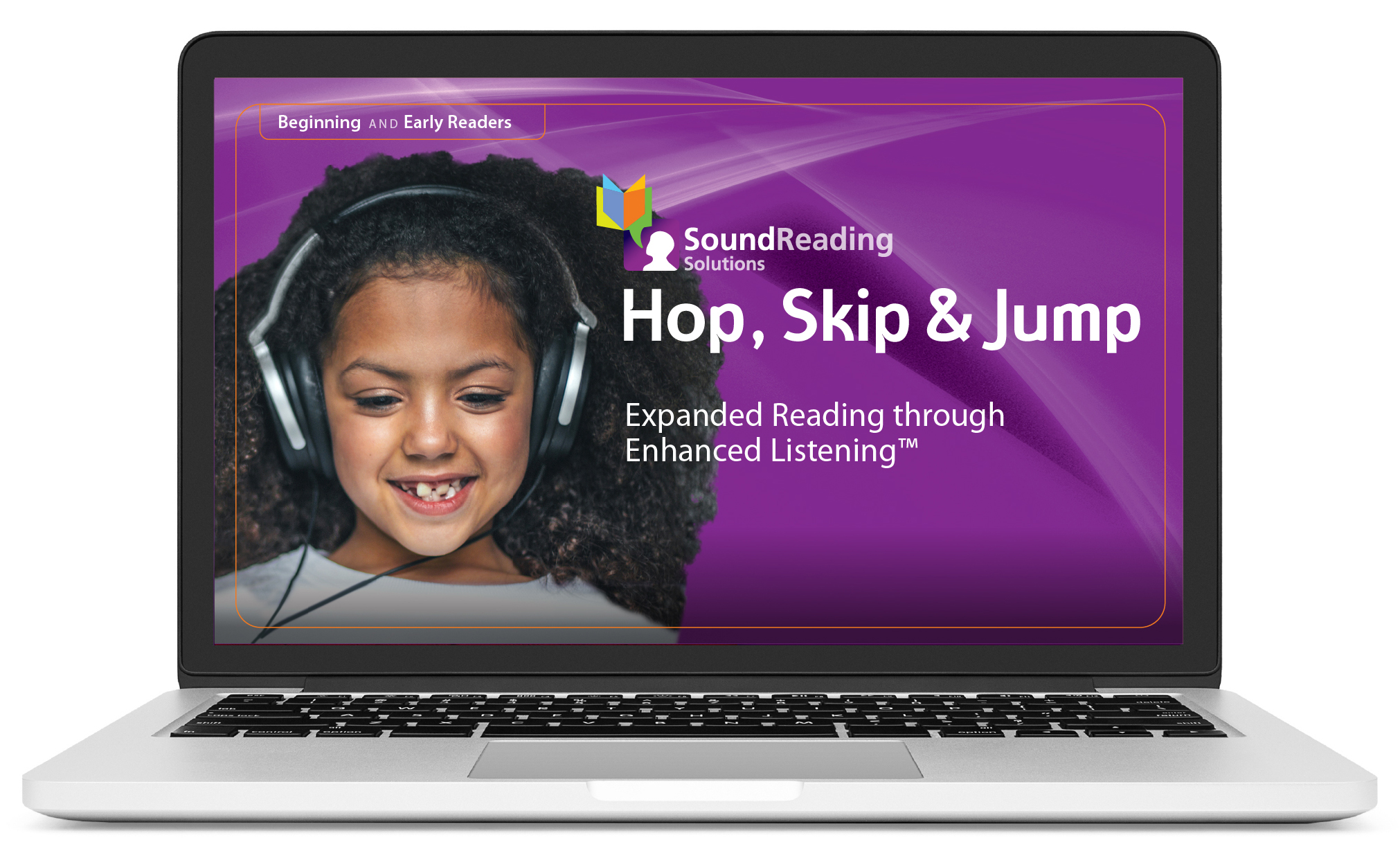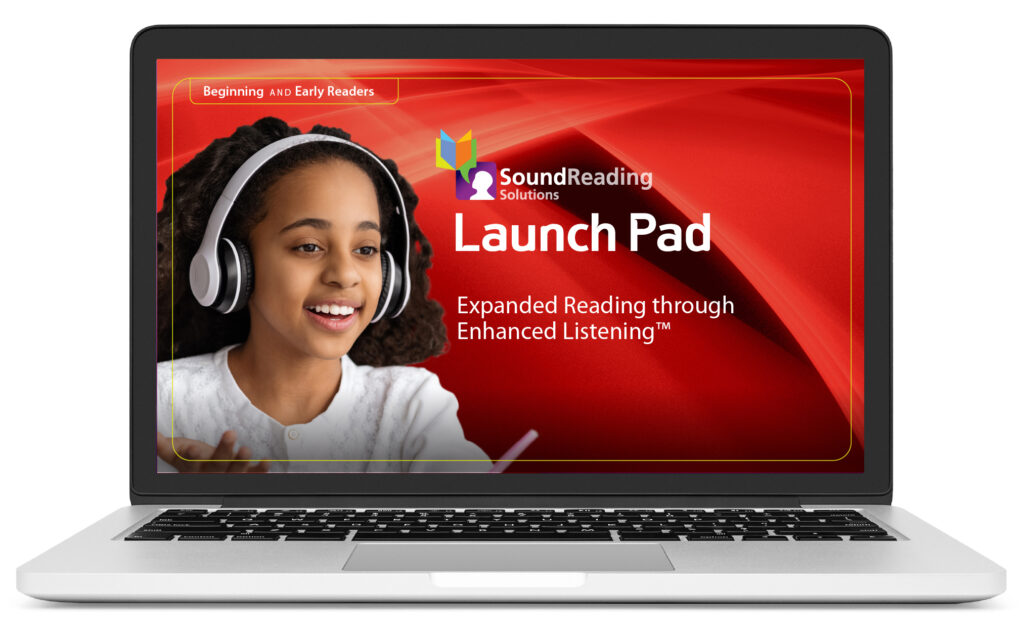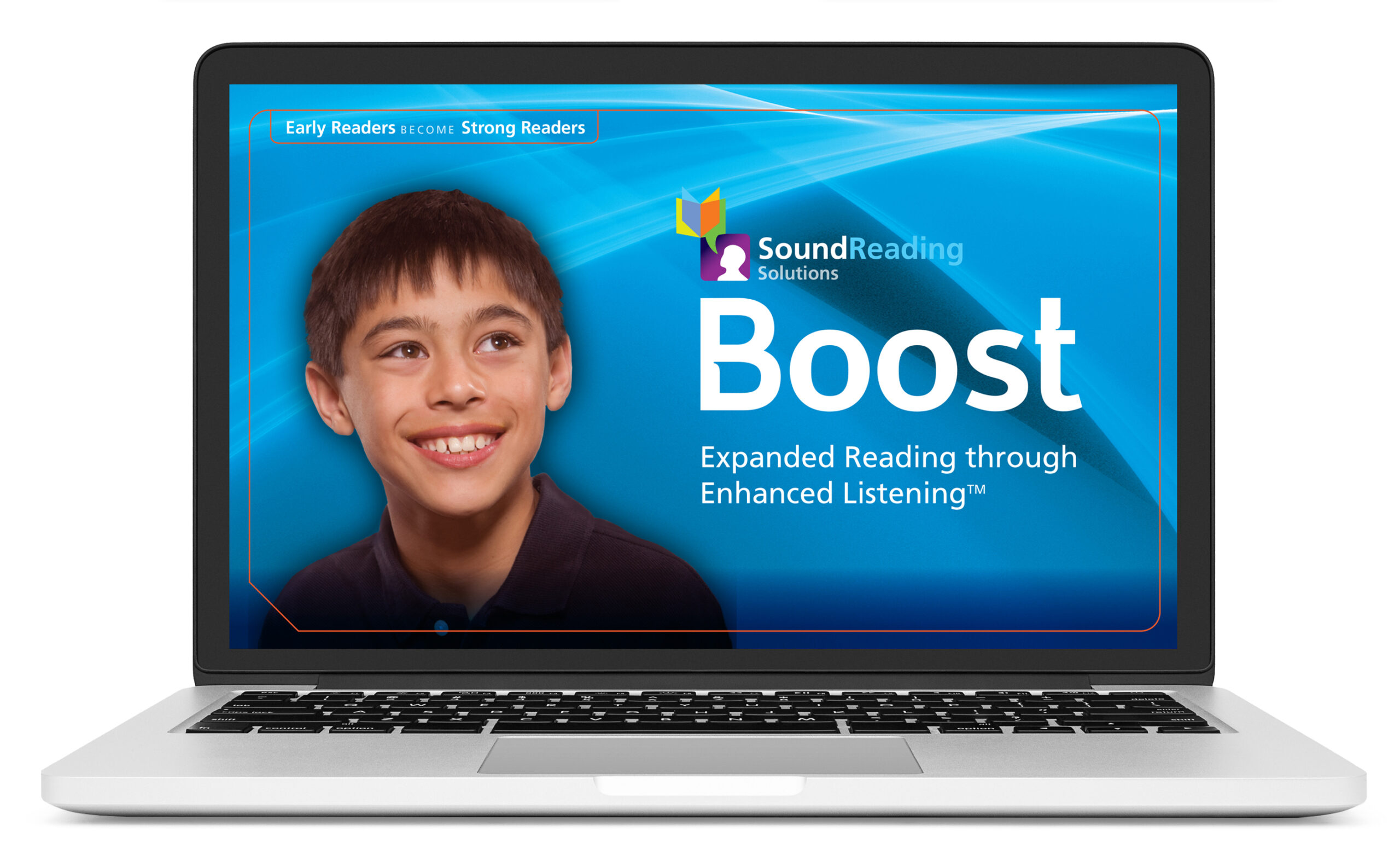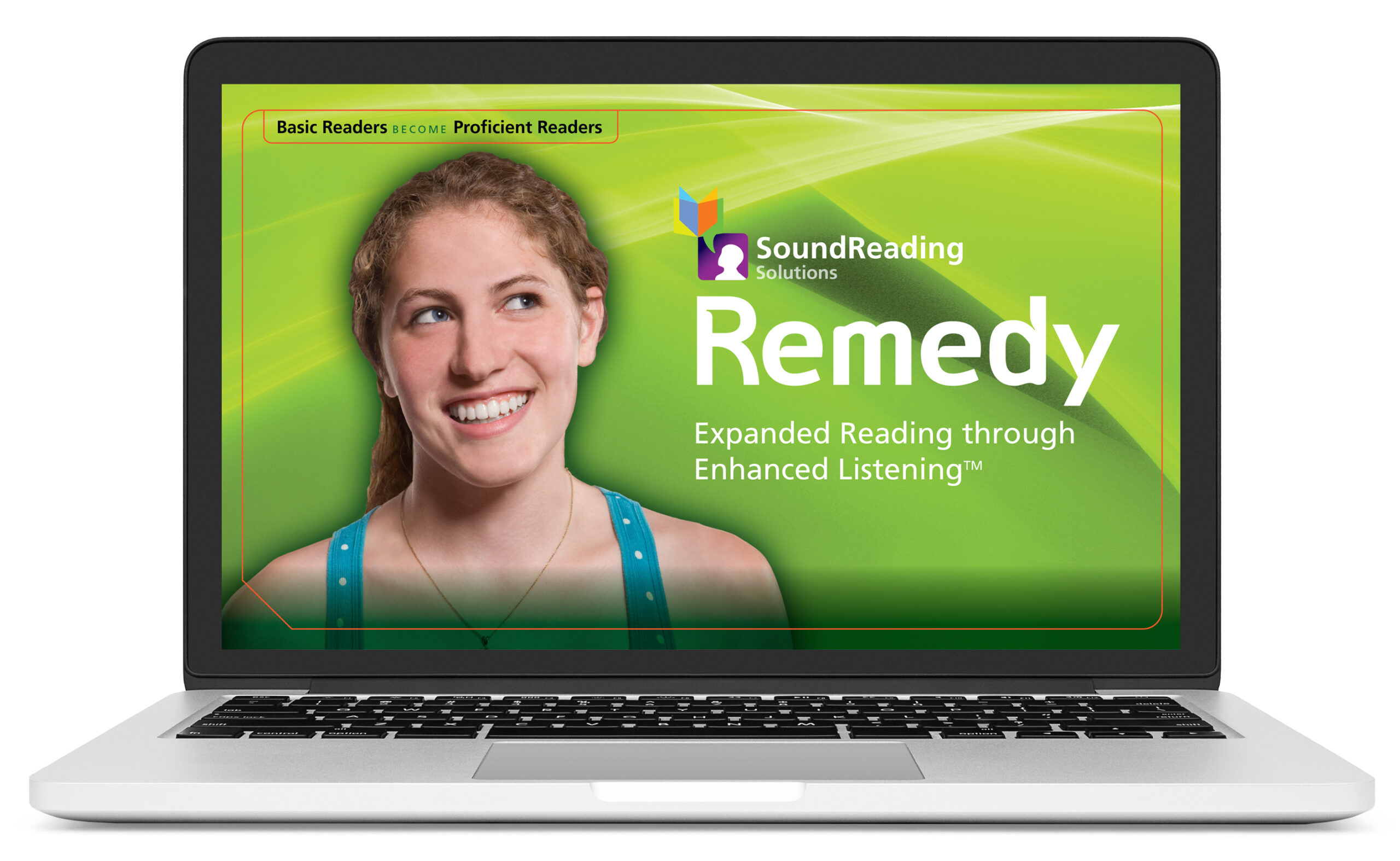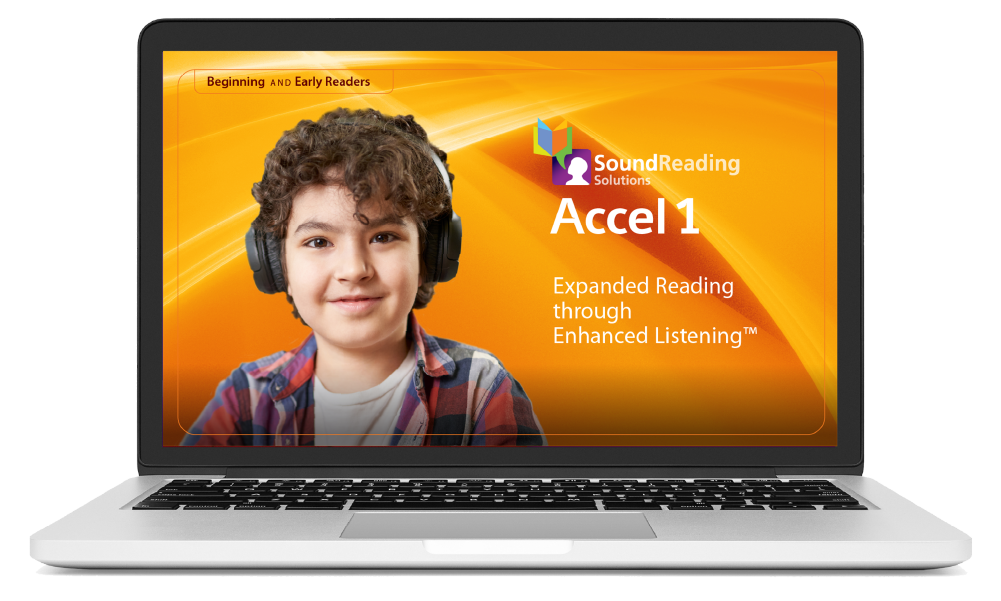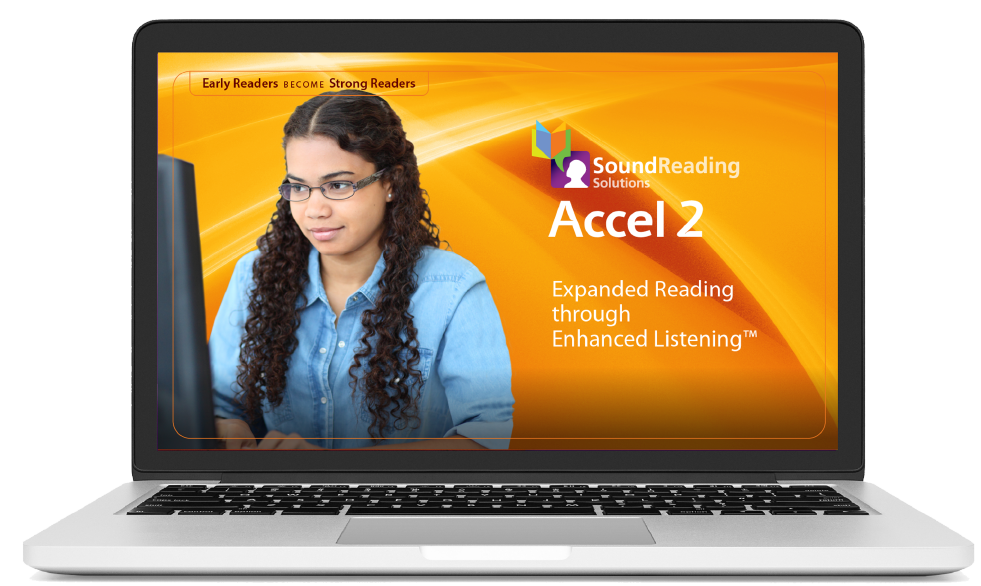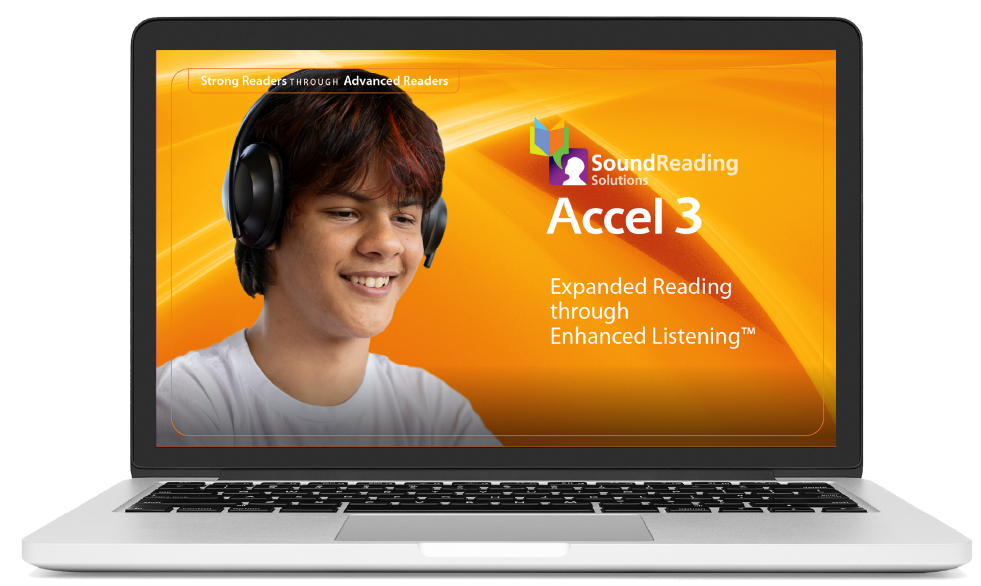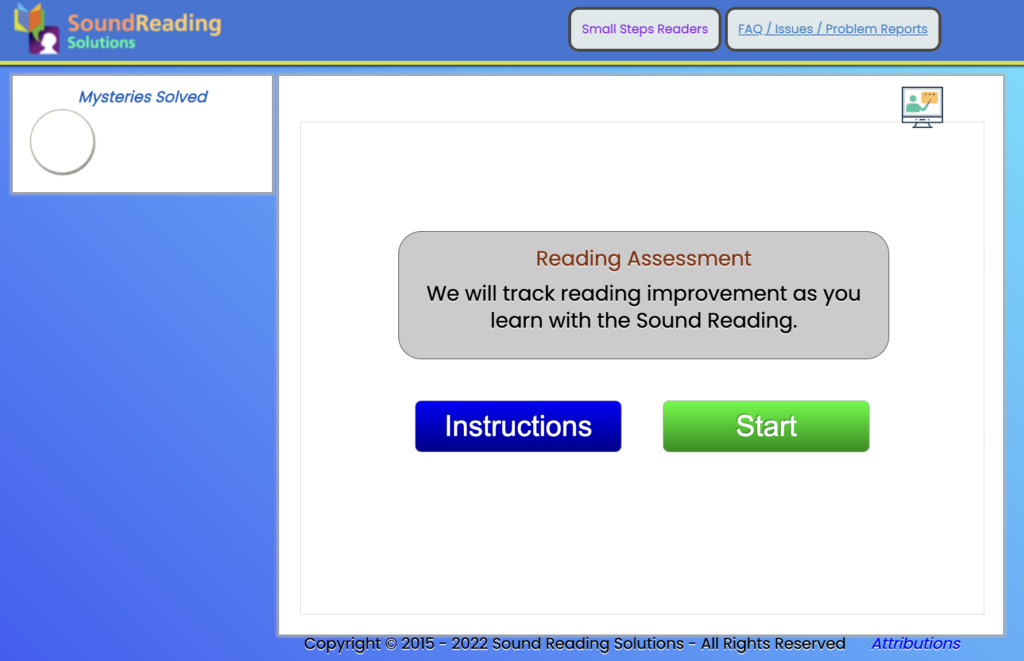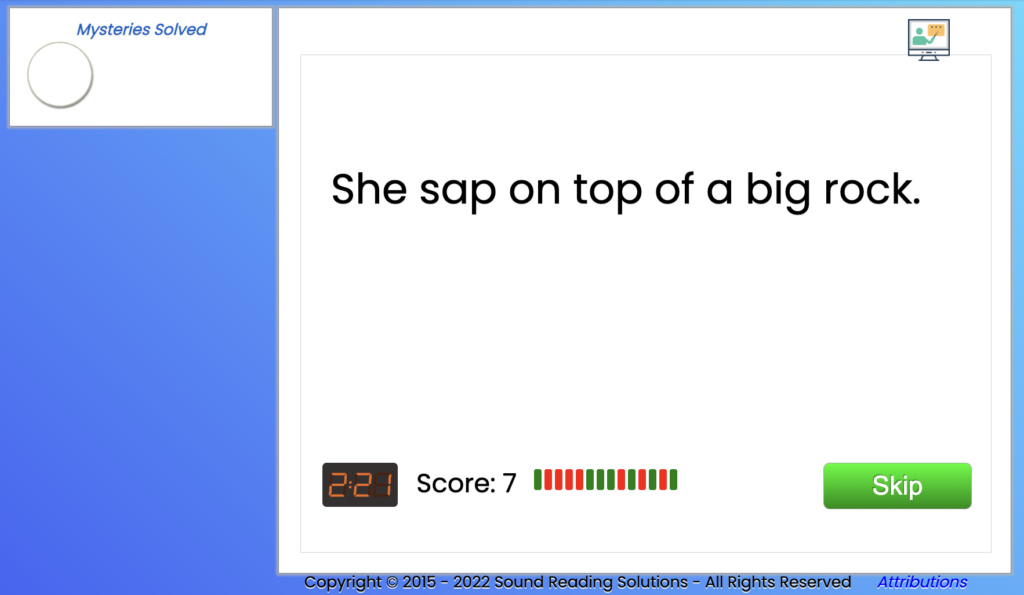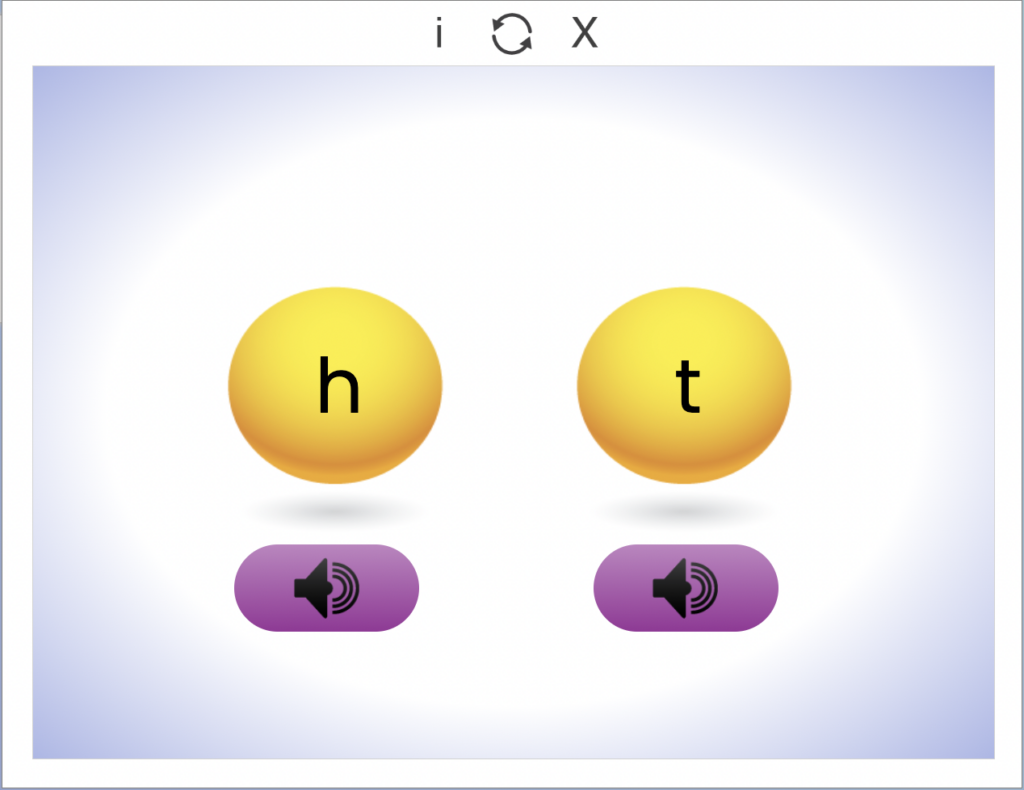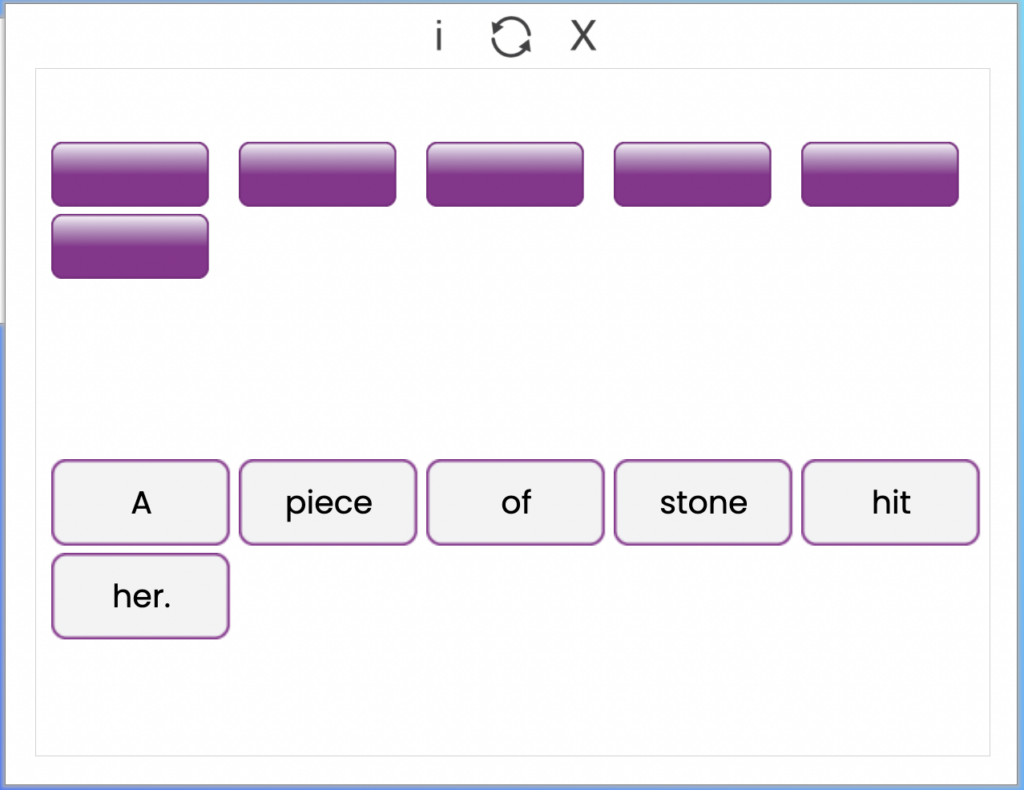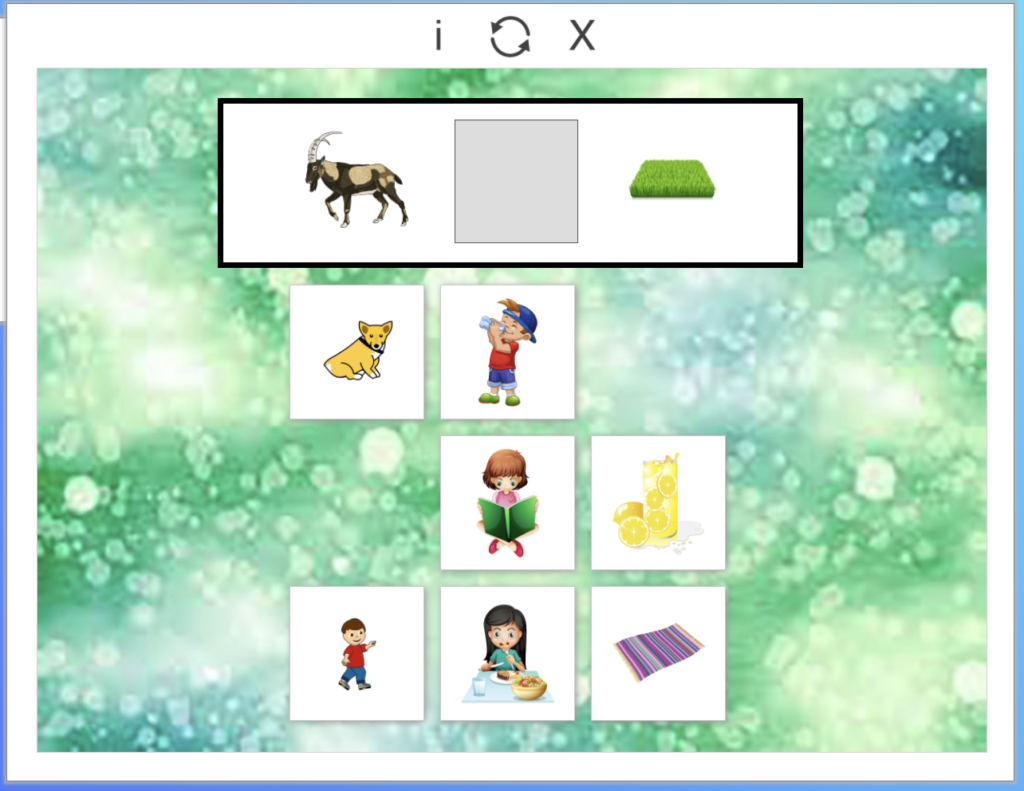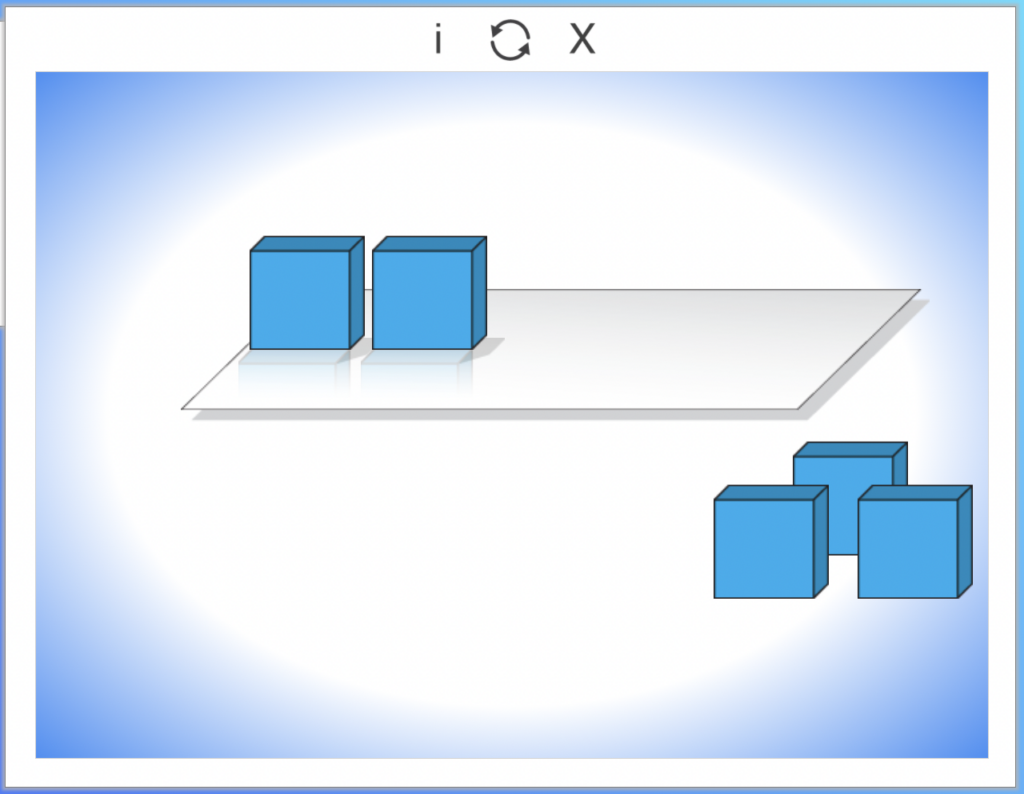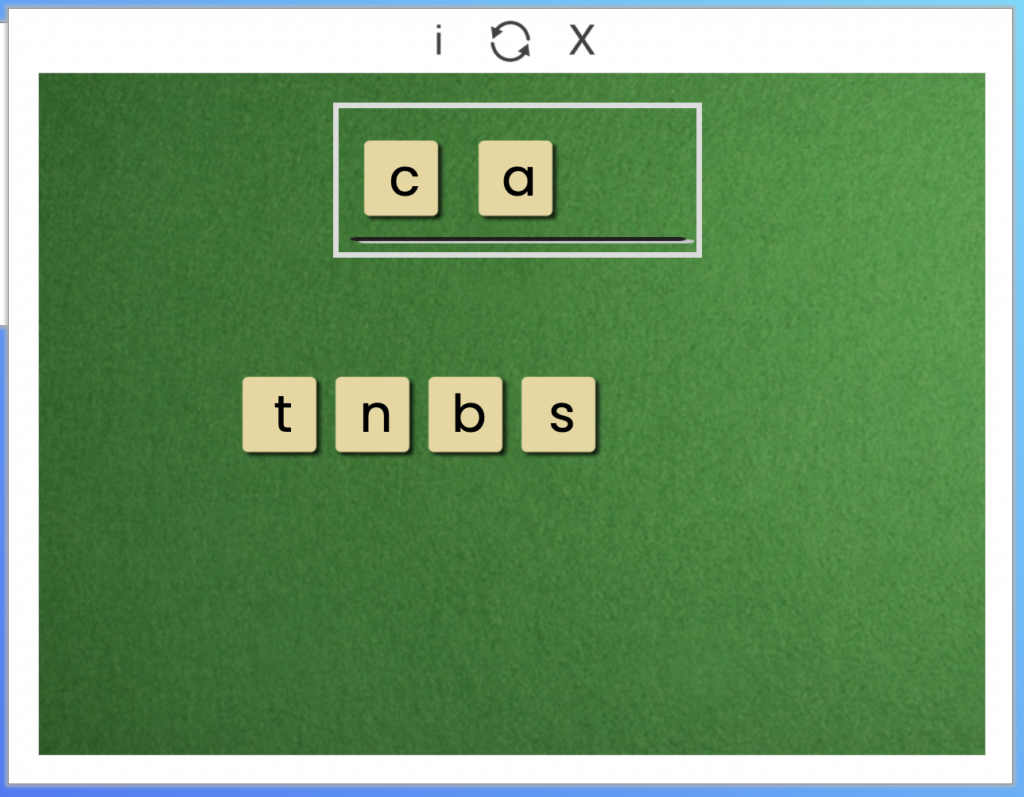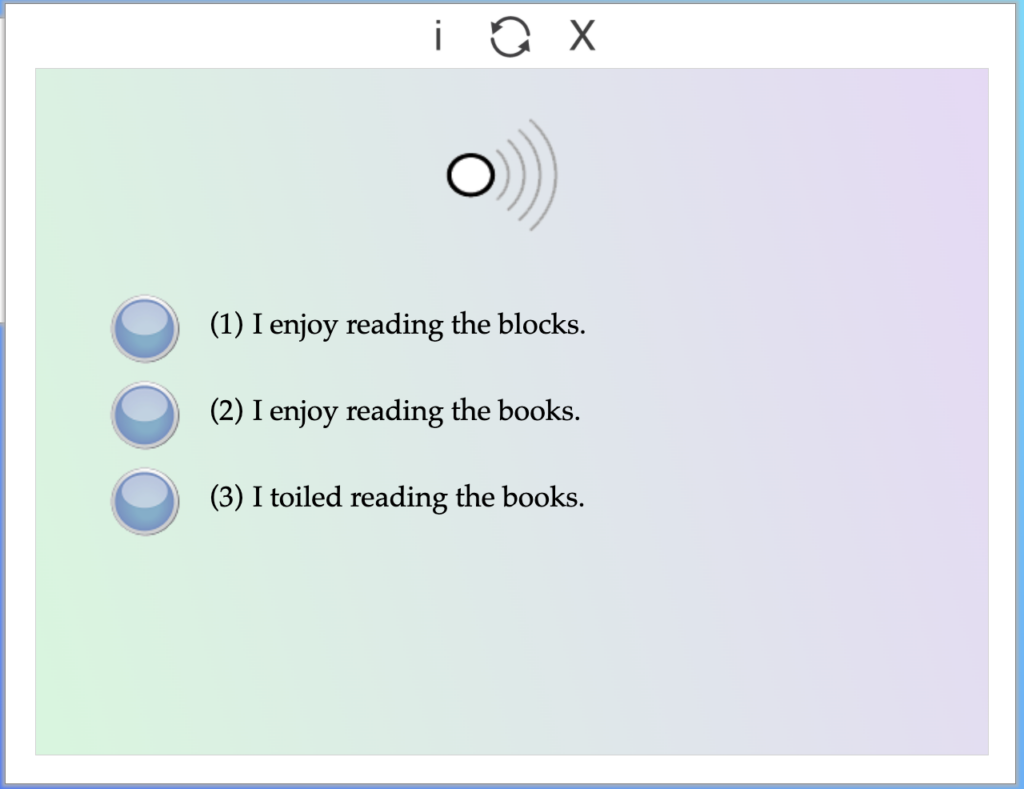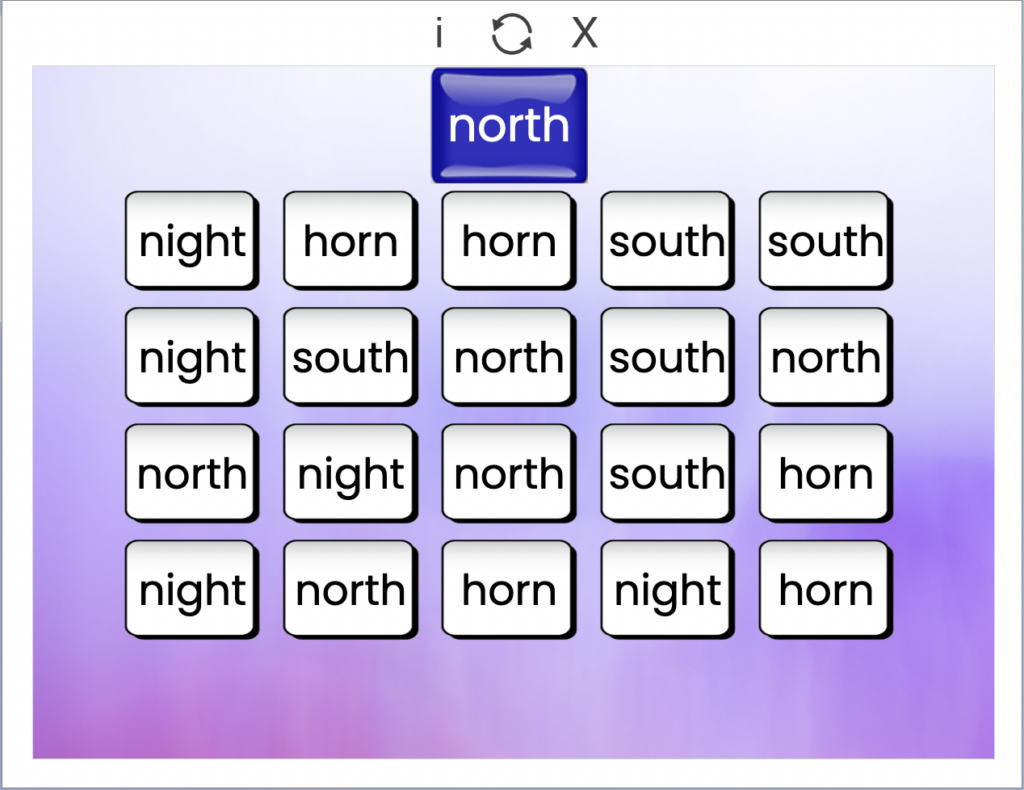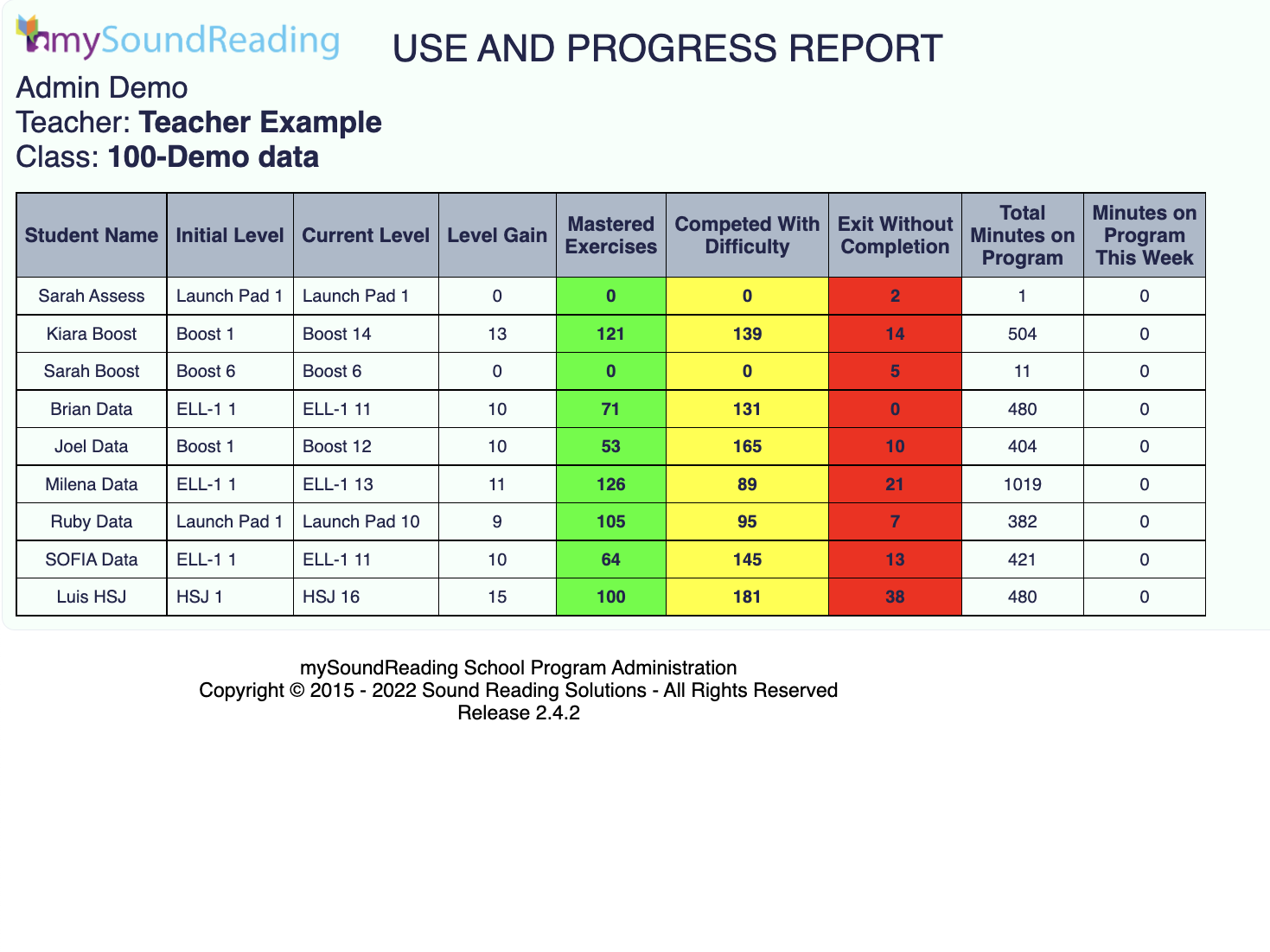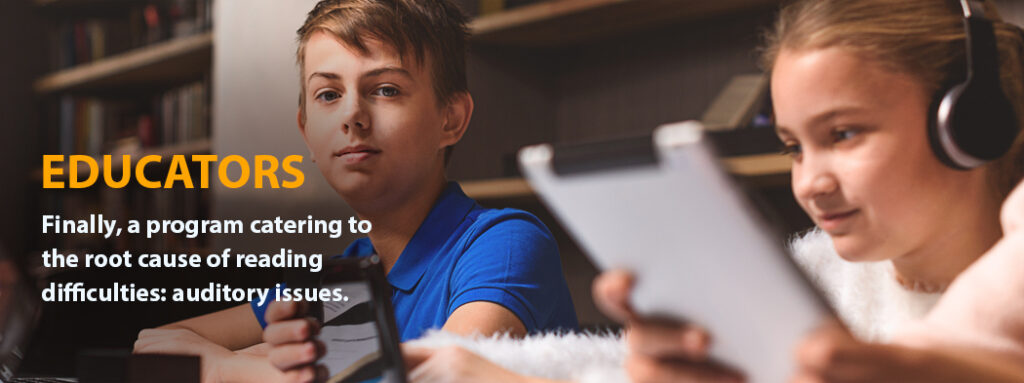
What Kind of Intervention Does Sound Reading Deliver?
Rapid Online Intervention for Students Already Behind Their Peers
Instruction that is an Alternative for Students Tired of Phonics
An Equitable Solution for Multilingual Students Learning English
Students Improve 1-2 Fountas and Pinnell Reading Levels in 4-6 Weeks
Most Challenged Readers have met their reading goals
An Approved Vendor of the
New York City
Department of Education
How Does Sound Reading Work?
Sound Reading is based on print-to-speech processing and elevates a student’s reading ability by rapidly developing Phonemic Awareness and Auditory Processing skills. Sound Reading is not a phonics program. Sound Reading builds the skills necessary to complete phonics programs. Our methodology strengthens the innate skills all readers have!
Challenged readers prove may need additional support in developing areas of the brain that natural readers often have. Sound Reading Programs train the brain to approach reading from a new perspective and help develop essential reading skills along the way. In addition to Auditory Processing and Phonemic Awareness, Sound Reading includes three other key skill areas. These areas are:
Word Reading Accuracy
Many challenged readers also tend to mispronounce words. Accuracy depends on speech and the ability to interpret written words as spoken words.
Automaticity and Fluency
Reading with rules and memorization rarely results in motivated and meaningful reading. Challenged readers have trouble decoding unfamiliar words.
Comprehension Areas
Comprehension is reading with a complete understanding of text. When a student cannot fully apply comprehension skills, they rely on the half of the brain devoted to listening. Sound Reading develops the Auditory Process and other listening skills, setting the ground work for solid comprehension.
A Single Literacy Intervention Solution for
Both General English and Multilingual Students
Foundations Suite
The Foundation Suite includes four (4) levels of intervention. Students are automatically assessed and enrolled based on their skill level via a 3-minute Auto-Placement Assessment.
The skills they develop range from Sound Discrimination to Concept Formation. Once students complete the Remedy program, they are ready to begin traditional reading programs.
ELL Accelerator Suite
The Accelerator Suite introduces three (3) programs specific to the needs of English Language Learners. These programs act as a pre-foundation for learning English. All Accelerator Students begin in Accel-1.
This Suite develops skills like Word Fluency, Vowel Flexibility, and Sound Discrimination at tiered intensity. Students who complete the Accelerator Suite may progress into the Foundations Suite.
Sound Reading’s Program Scope
Key Features for Students
Sound Reading’s instruction is carried out via online literacy activities that students complete individually. Students begin the program by taking an Auto-Placement Assessment. This short assessment determines what program students in the Foundation Suite begin in. Sound Reading also comes included with a set of Companion Readers. These readers are designed to be completed by students and a trusted adult. The activities and passages found in these readers help reinforce students’ learning.
The Teacher Portal
Sound Reading’s Teacher Portal is a Data Reporting and Recording Keeping tool designed to deliver data-driven insights about your students’ strengths and weaknesses. Educators gain access to seven (7) different reports that examine data from a variety of lenses. Read about them below. Teachers may also print out a report to give to a student’s parents, detailing their progress throughout the program.
Teacher also gain access to Sound Reading’s full activity list. That means you can identify, target, and exercise specific literacy skills a student may need to develop further. In order to make sure Educators are able to deploy Sound Reading effectively, most purchases come included with Professional Development Training. Trainings are too educate Teachers on how to best use Sound Reading.
Professional Development and Training
Purchases of 30 Sound Reading Seats, or more, come included with Professional Development training in order to successfully train teachers on how to best use Sound Reading. This 1-hour long training is broken up into two sessions. One focusing on the student’s program, and one focuses on the Teacher Portal.
Results
Students who complete the recommended instruction are able to see measurable results in 4-6 weeks. In this time, students’ reading ability increased by 1-2 Fountas and Pinnell Reading Levels.
Using Sound Reading in the Classroom

Through online instruction, your child works individually to complete levels of interactive activities. The skills that are developed in this instruction are reinforced via 1-on-1 reading practice with a parent or trusted adult.
Students should use Sound Reading, or some form of reading exercise, for 20-30 minutes at least five (5) times a week. Repetition and progressive intensity are key points of the program. As your child progresses, they will be exposed to more increasingly difficult exercises.
Get a Quote Today
All we need to get started is an estimation of how many students need intervention.
A Sound Reading Education Consultant will respond back with a hand-typed email or phone call!

